This New Collection of 12,000 Photographs Chronicles the American Jazz Scene
A donation from the family of photographer and historian Duncan Schiedt captures the music’s “essence”
Photographer Duncan Schiedt shot exclusively in black and white. He wanted to capture the gradients of feeling that jazz evokes, or what he saw as the music’s “essence.” Schiedt once said, “Jazz is a black and white music. Its range, from blinding brilliances to deepest shadings, seems to demand the drama that black and white can so easily provoke.”
Schiedt’s family recently donated a body of the photographer's work to the Smithsonian's National Museum of American History, some 26-to-30 cubic feet of material that includes more than 12,000 images, both Schiedt's own images as well as historical photos that the photographer collected. The collection, says the museum's John Edward Hasse is “one of the largest photo archives in jazz history.”
Schiedt had first heard jazz while at boarding school in England, and dove headfirst into the New York City music scene when he arrived in the late 1930’s at age 17, bringing his Argus C Camera along while exploring big band shows and clubs. “My dad started taking photographs at jazz clubs when he moved to the United States, sneaking backstage into dressing rooms,” says his daughter, Leslie Michel.
The photographs span more than 70 years from the start of his career in 1939 and include spectacular candid shots of Count Basie, Louis Armstrong, Miles Davis, Thelonious Monk and many other jazz greats. The images depict the playfulness of performers getting ready for shows, the joy of spontaneous jam sessions and the fervent energy erupting at concerts and festivals. Schiedt was also a jazz pianist.
“He was close friends with many of the musicians,” says curator Cathy Keen, “They considered him one of them.” Later on, when Schiedt moved to Indiana, he brought this love of jazz to his new home, founding the Indianapolis Jazz Club in 1956.
In addition to traveling to, and hosting performances of, major jazz stars, Schiedt was instrumental in conveying the spirit of the local Indiana jazz scene to a national audience, helping build an “Indianapolis Sound,” created by musicians including trombonist J.J. Johnson and bebop trumpet legend Freddie Hubbard, who went on to achieve major national fame.
Previously, Schiedt’s photography has been featured in different exhibitions at the Birmingham Civil Rights Museum, the Chicago Public Library, the Indianapolis Museum of Art and the Pensacola Art Museum.
As a jazz historian and researcher, Schiedt also wrote numerous books and made significant contributions to the Ken Burns’ television series, "Jazz." His singular library of meticulously categorized work tells the powerful, lively and complex story of the music genre and becomes a major contribution to the archival collections on jazz at the American History Museum.
“He was extremely organized in cataloguing both his photos and the many images he collected—this donation provides a comprehensive documentation of jazz,” says Keen. “This is a big one.”
/https://tf-cmsv2-smithsonianmag-media.s3.amazonaws.com/accounts/headshot/profile.jpg)
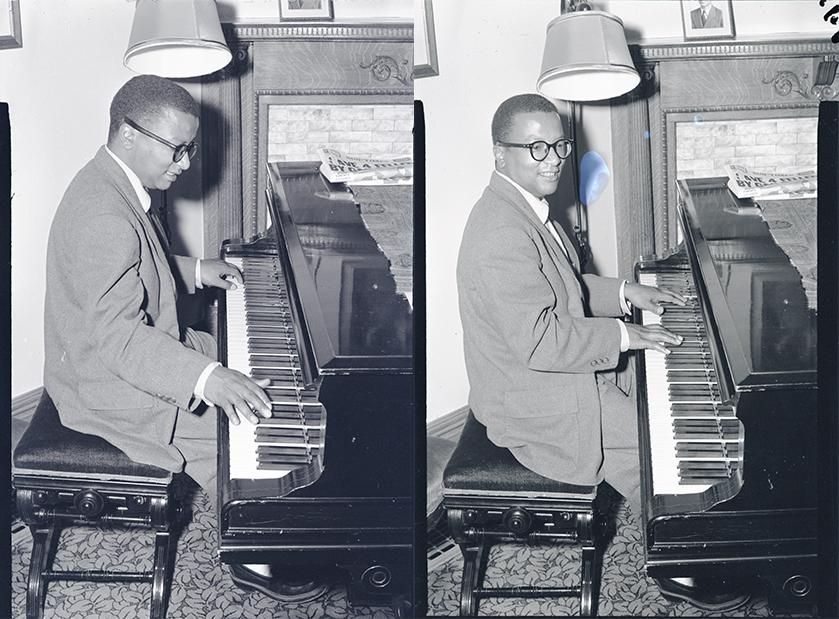
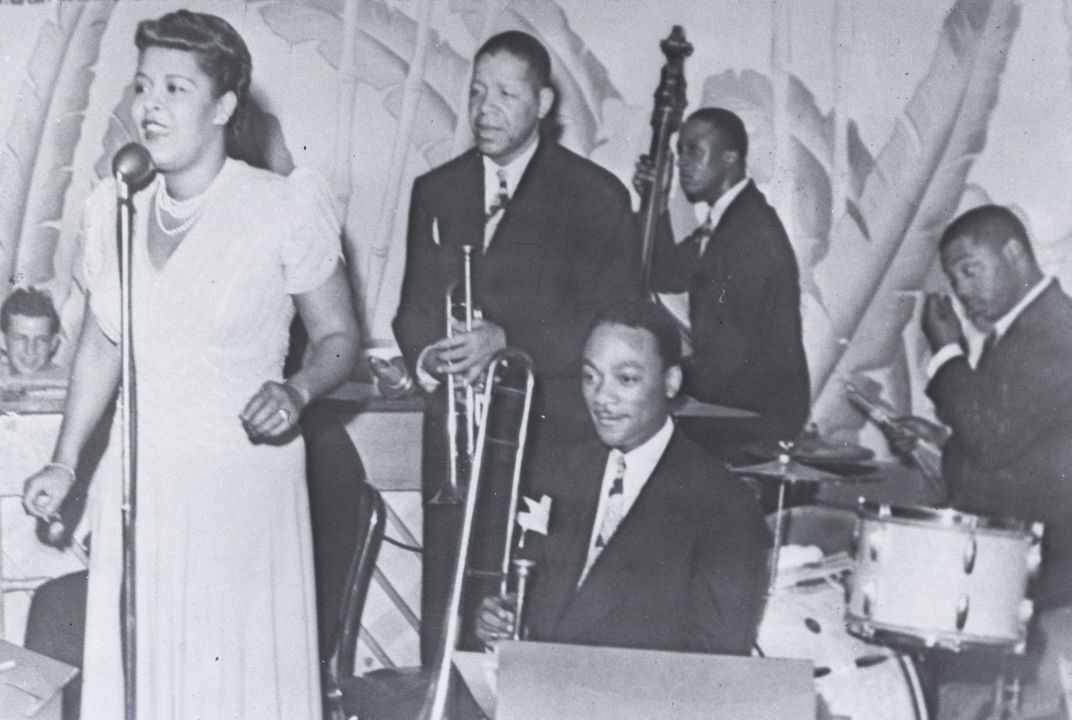
/https://tf-cmsv2-smithsonianmag-media.s3.amazonaws.com/filer/63/ee/63ee4b96-da5d-4b8b-9c0e-4c60e6162114/jazzduncan7.jpg)
/https://tf-cmsv2-smithsonianmag-media.s3.amazonaws.com/filer/33/cd/33cd3148-d2dd-4a96-b64a-95c171b60067/jazzduncan6.jpg)
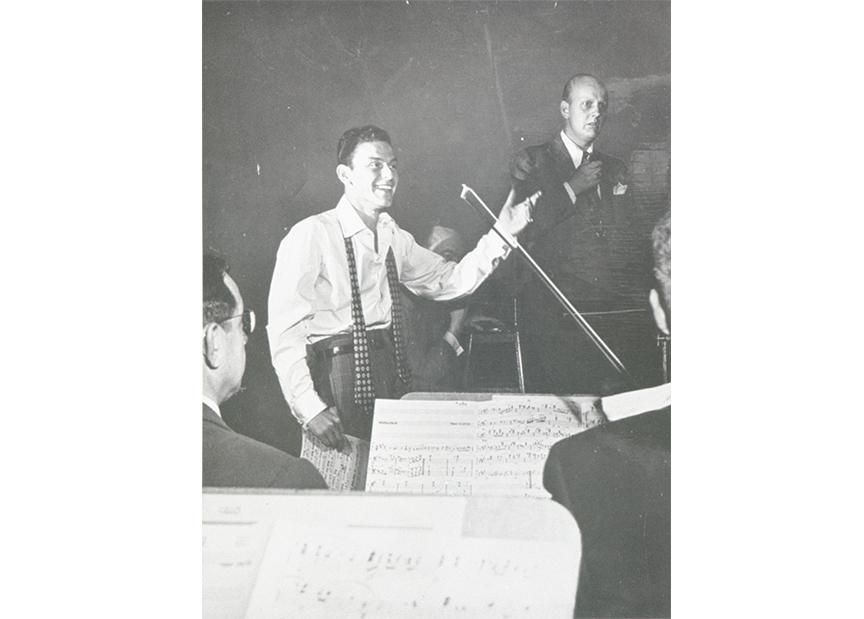
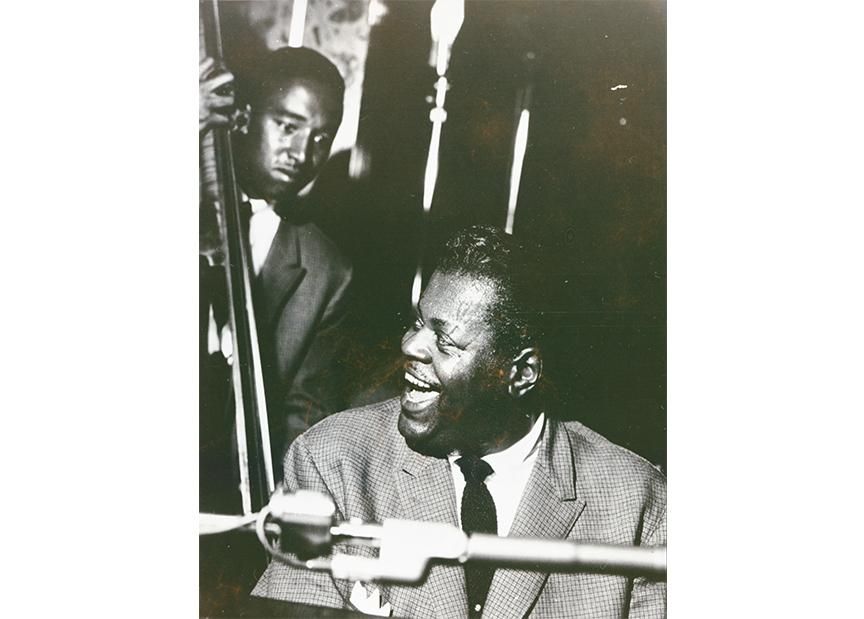
/https://tf-cmsv2-smithsonianmag-media.s3.amazonaws.com/filer/55/2e/552ebcb7-4f5e-4c08-8f00-2845905ac9a9/jazzduncan1.jpg)
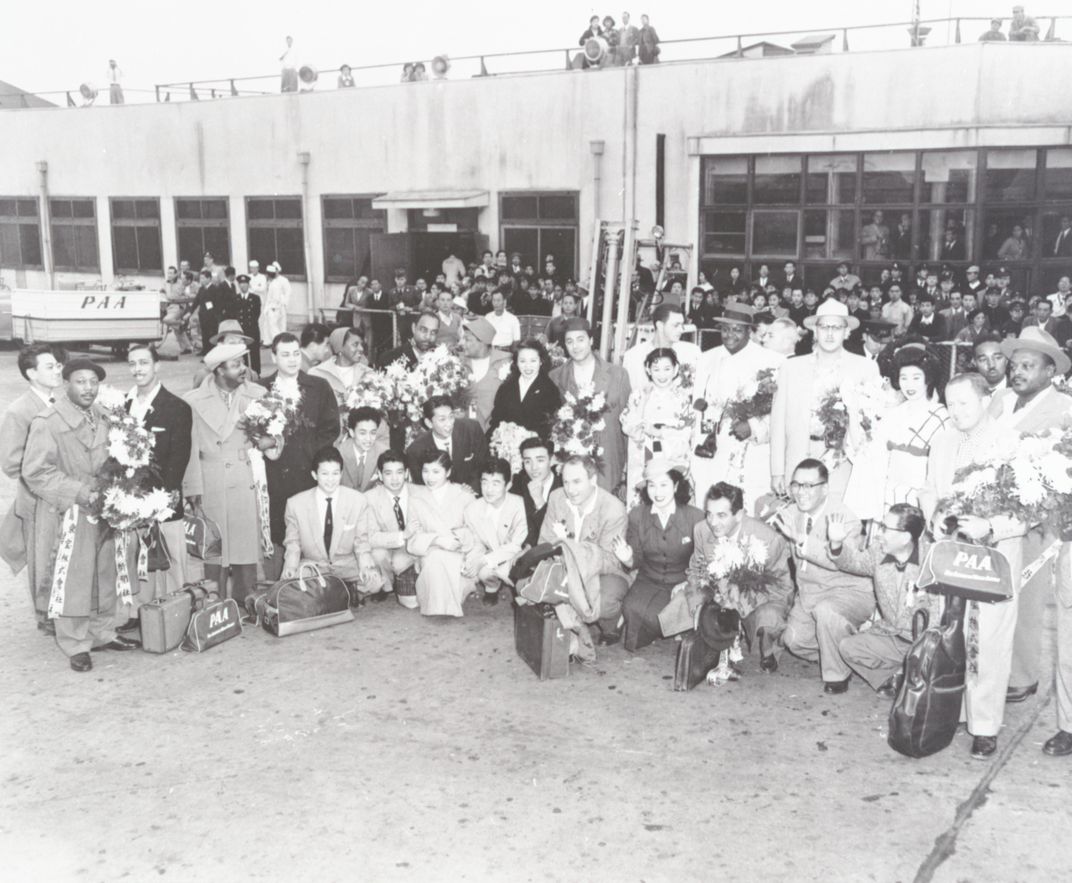
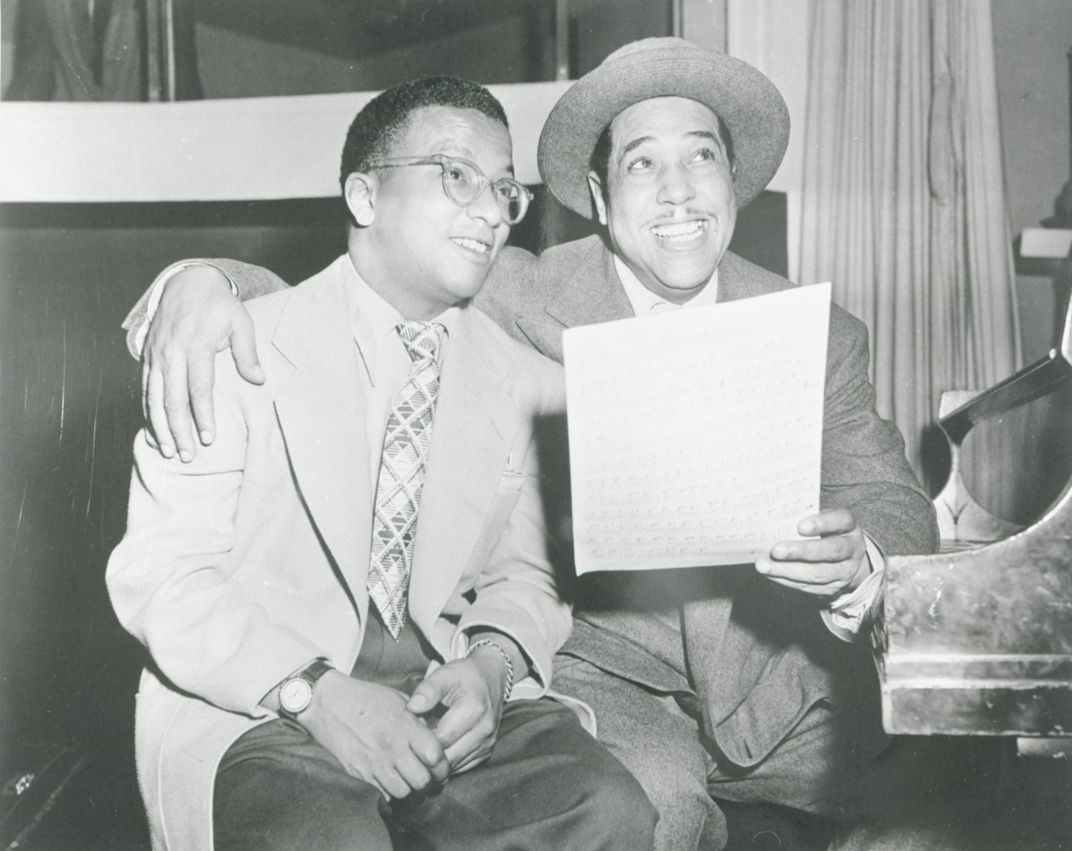
/https://tf-cmsv2-smithsonianmag-media.s3.amazonaws.com/accounts/headshot/profile.jpg)